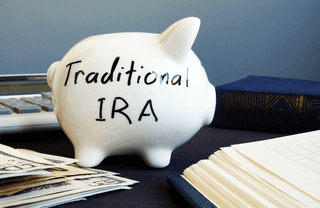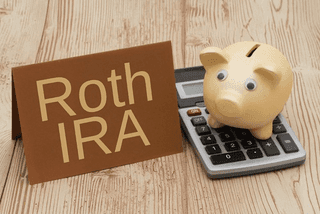Ask most people about what the typical retirement assets are, and you will probably get one of a few answers. Stocks. Bonds. Stock funds, bond funds. For many people, retirement investing is simply a way of choosing between the different variables possible within just two asset classes. But if you use a Self-Directed IRA, you can open all sorts of new possibilities for investing in an entire range of retirement assets. And one of those asset classes is that of Private Lending. But what is it, how does it work, and how might it work within the context of using a Self-Directed IRA?
Understanding Private Lending as an Investment
Private Lending as an investment can be thought of in a simple way: you are buying someone else’s debt to you. This usually means that you are doing so at a predictable interest rate. If you have chosen well and have invested in someone who can provide a good return and consistent payments, then it is a highly hands-off way to invest; you simply have to sit back and watch the payments roll in.
So where does risk come in? Well, not every individual loan is going to be a good idea. That is why banks put you through the ringer, for example, before making a mortgage loan to you. They have to know that you have adequate prospects of paying them back over time. And with a Self-Directed IRA, the due diligence is all up to you. You are the one choosing the borrower (with certain limitations; more on that in a minute), and you are the one making the final decision on to whom you will be issuing the loan. In this context, a loan is also known as a “note,” which you can think of in simple terms as a contracted IOU note.
Using a Private Loan within a Self-Directed IRA
It may seem counterintuitive to use a loan within a retirement account. After all, isn’t a retirement account all about avoiding risk and building wealth for the future? Well, the individual strategy you use will be up to you when you use a Self-Directed IRA. You are the one who gets to choose the investments you want to make, and the asset classes in which you place those investments. By moving to self-direction, you can access a wider range of potential asset classes. Private notes/loans are just one of them. You can also invest in precious metals, stocks, bonds, LLCs, private stock, and even real estate. For investors with specific investment experience in one or more of those asset classes, that means the ability to use tax benefits with an IRA while still calling the shots for your investments.
There are some limitations of which you will want to remain aware. For example, if you make a private loan through a Self-Directed IRA, then you cannot make it a personal loan to someone you know, also known as a “disqualified person.” For example, if your brother-in-law needs a loan, issuing one to them from your Self-Directed IRA would count as a prohibited transaction. But if you do find a way to issue loans in the proper way, and you do your own due diligence, there is a possibility that you may find a style of investing that is well suited to you. It all depends on your decisions.
Contact TurnKey IRA at 844-8876-IRA (472) for a free consultation. Download our free guide or visit us online at www.turnkeyira.com.











